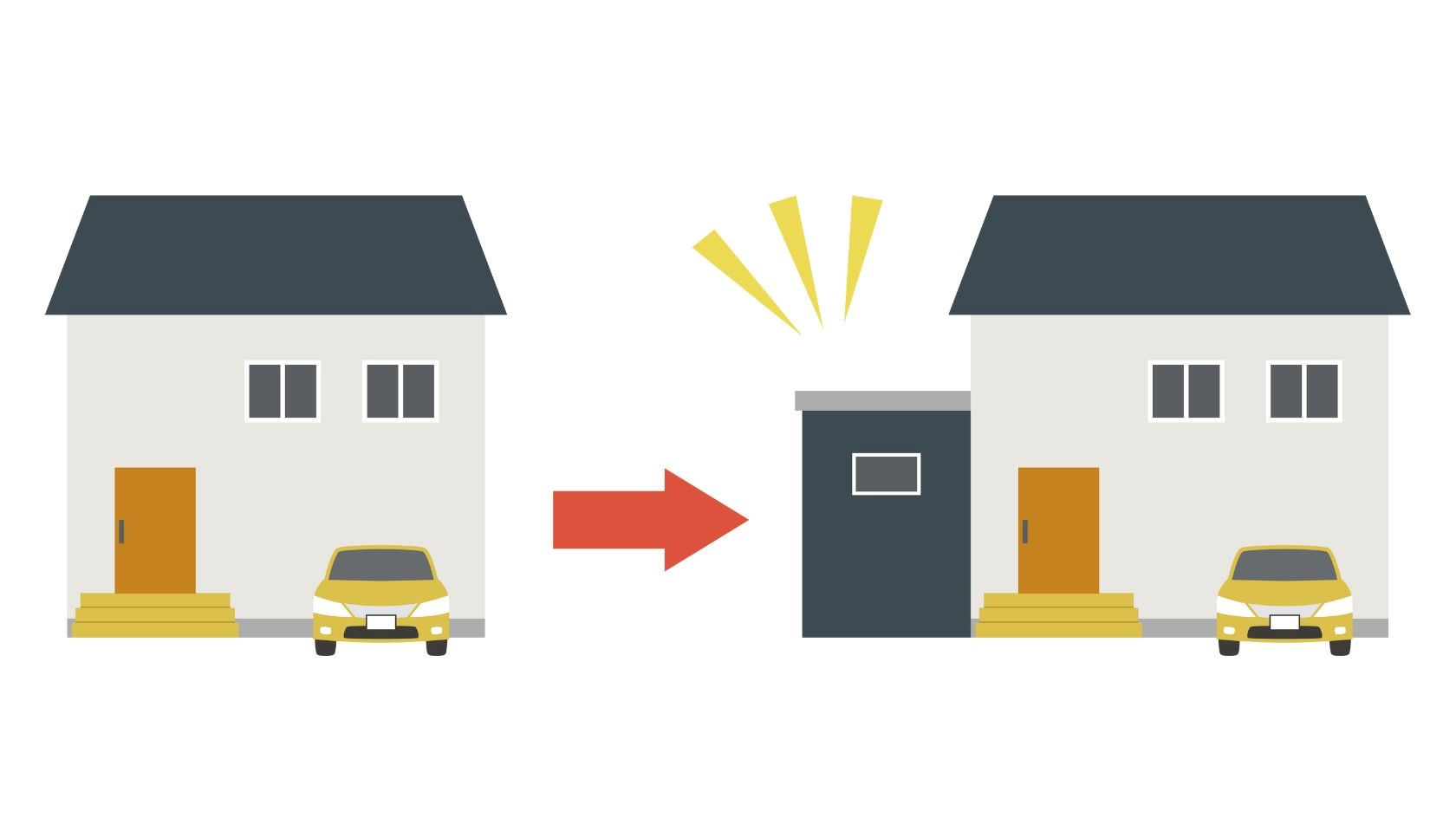
After poring over stacks of design magazines, perusing Pinterest, and pulling together project estimates, you’re finally ready to renovate your home! Now the big question: how do you pay for it The most common ways to finance home improvements are: (1) to refinance your home and use the cash out to pay for renovations or (2) take out a home equity loan. Of course there are other options available, but today we’ll compare these two popular choices.
When is refinancing the right choice for you?
- If you have some equity in your home and you’ve paid off more than 20% of your home’s current value
- If you plan to stay in your home for at least 5 more years
- If your renovation project has a high price tag
- If the current interest rate is lower than your existing mortgage rate
- If you can afford closing costs
A nice benefit of refinancing is that, in some cases, you may lower your interest rate, reducing the overall cost of the loan, without increasing your mortgage payment.
When is a home equity loan the better option?
- If your current interest rate is low and you can afford both your current mortgage and home equity loan payment comfortably
- If you’re looking for a shorter process from application to closing than a refinance
- You don’t want to pay closing costs
- You plan on moving in 5 years or less
- You don’t want to add any length to your mortgage payment plan (you want your home renovations paid for in 15 years or less)
Still trying to decide if you’re comfortable with a home equity loan payment on top of your existing mortgage? Use this handy calculator to estimate a home equity loan payment.


